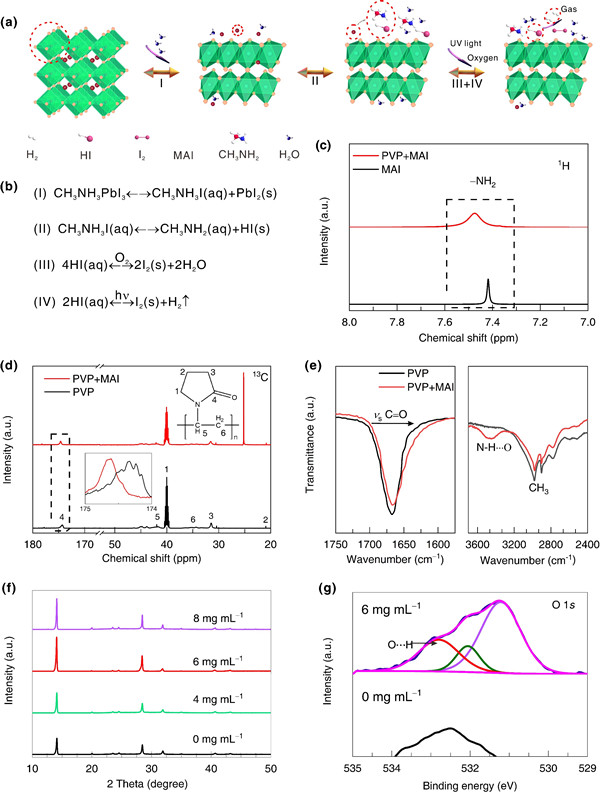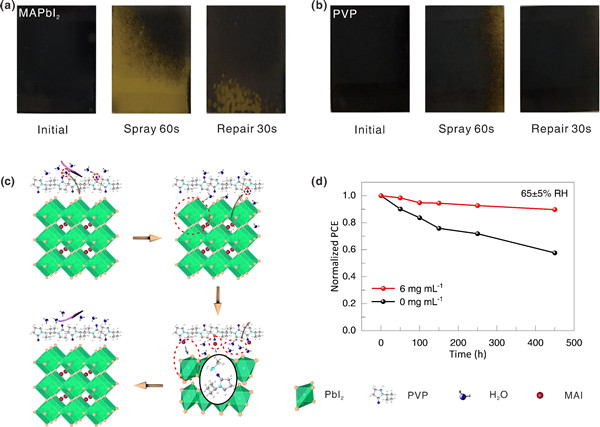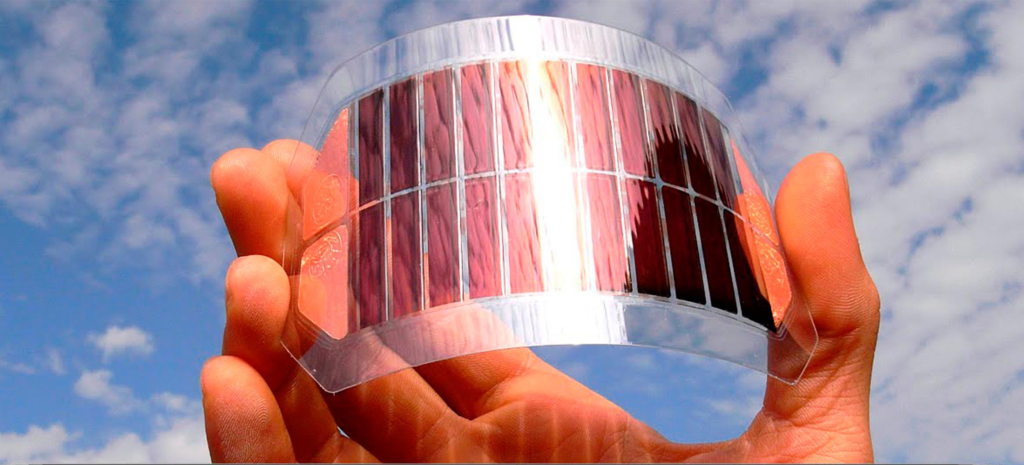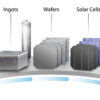Abstract
Recently, Hu Linhua’s group, a researcher in the Department of Energy Materials and Device Fabrication, Institute of Solid State Physics, Hefei Institute of Materials Science, Chinese Academy of Sciences, in collaboration with foreign researchers, has achieved a self-healing calcium titanite solar cell, and the related results were published in the Journal of Energy Chemistry.
Contents
>Background of Calcium-Titanium Ore Solar Cell Development
>The principle of “self-healing” in calcium-titanium oxide solar cells
>Calcitonite solar cell research recognised
Background of Calcium Titanium Ore Solar Cells
Currently, the photovoltaic efficiency of calcium titanite solar cells has reached 25.5%, but calcium titanite materials are sensitive to radiation, humidity, etc. and are prone to degradation when exposed to atmospheric conditions, which seriously affects their use. Therefore, it is important to develop high performance, highly stable and self-healing calcium titanite solar cell devices.
The principle of “self-healing” for calcium-titanium oxide solar cells
Moisture is a key factor in the breakdown of calcium-titanium oxide solar cells when they are operated in air. The researchers have introduced polyvinylpyrrolidone into the calcium titanite light-absorbing material, resulting in a solar cell with a strong self-healing function and significantly improved moisture stability. Polyvinylpyrrolidone, a long-chain insulating polymer with a high density of polar carbonyl groups, was introduced into the solar cell to encapsulate MAPbI3, forming a hydrophobic ‘barrier’ that prevents the intrusion of water molecules. It can also interact with the -NH2 group of the methylamine ion (MA+) to form hydrogen bonds (Figure 1), inhibiting the decomposition and volatilisation of methylamine and thus improving the cell’s ‘self-healing’ ability. In addition, polyvinylpyrrolidone is able to form an intermediate complex with iodomethanamine, which inhibits the rate of nucleation of chalcogenide crystals. The introduction of polyvinylpyrrolidone enables the cell to self-heal multiple times (Figure 2), significantly increasing the operating life of the cell and allowing for fewer defects and larger grains in the chalcogenide film, improving the photovoltaic efficiency of the cell.

Figure 1: (a) and (b) Degradation pathways of chalcogenide materials in the presence of water molecules; 1H NMR spectra of MAI and MAI containing polyvinylpyrrolidone in DMSO-d6 solution (c) and 13C NMR spectra (d); (e) FTIR spectra of MAI, polyvinylpyrrolidone prepared by mixing polyvinylpyrrolidone with MAI in a 1:1 molar ratio, with arrows of C= O and CH3 stretching vibration peaks; (f) XRD spectra of chalcopyrrolidine films at different concentrations of polyvinylpyrrolidone solutions; (g) XPS plots of O 1s with and without polyvinylpyrrolidone after 200 h.

Figure 2: Films with (a) and without (b) polyvinylpyrrolidone, showing the change in state after 60 seconds of water vapour spraying and 30 seconds of self-healing; (c) schematic diagram of the self-healing process of the chalcogenide films; (d) humidity stability of the chalcogenide solar cells containing 6 mg mL-1 polyvinylpyrrolidone at 65 ± 5% relative humidity.
Calcium titanite solar cell research and development recognised
The research work was supported by the National Key R&D Programme of China, the National Natural Science Foundation of China, the “Western Light” talent training programme of the Chinese Academy of Sciences, and the European Horizon 2020 programme.
Following such confusing times, people often find themselves locked up in a dilemma on the decision of installing the appropriate PV module for their homes, offices, etc. And for that very reason, we are here ready to assist you in whatever you need.



